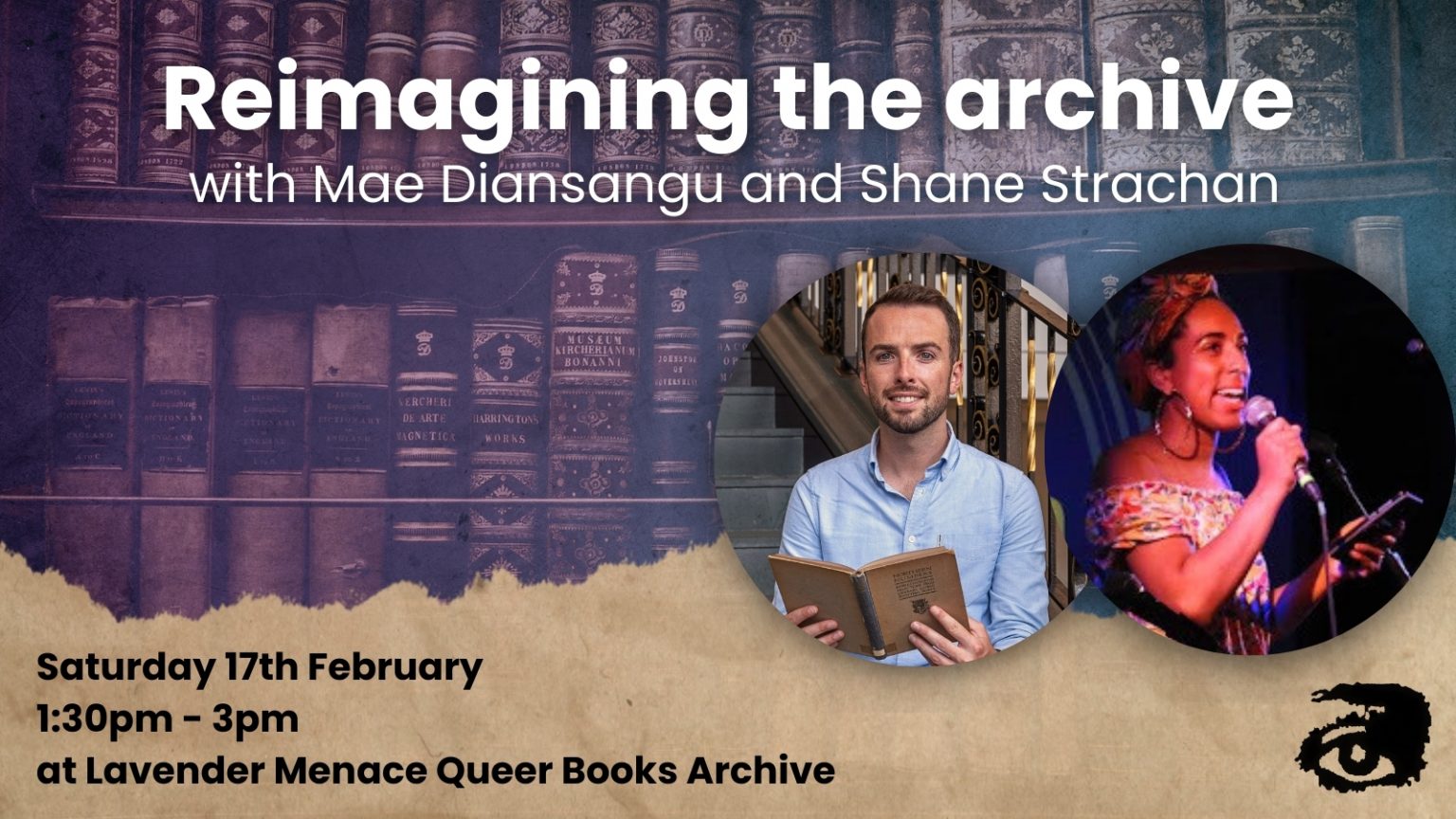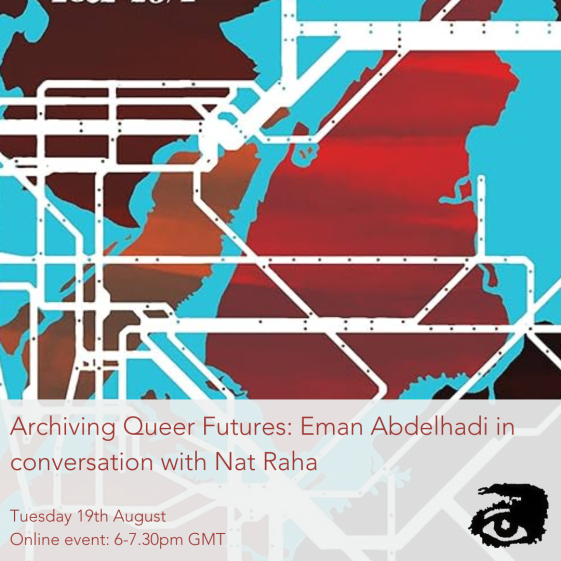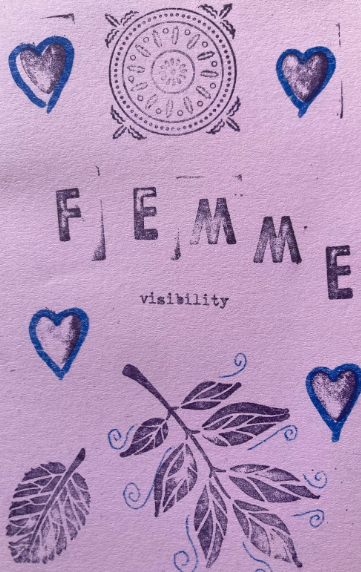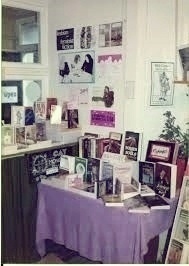Category: LGBT+ Archive
-

Reimagining the Archive with Mae Diansangu and Shane Strachan
You can now watch the recording of this event online Last year, we welcomed Mae Diansangu and Shane Strachan to the Lavender Menace Queer Books Archive for an afternoon of […]
-

Archiving Queer Futures: Eman Abdelhadi in conversation with Nat Raha
You can now watch the recording of this event online. Lavender Menace hosted an online discussion between two activist scholars on imagining and archiving queer futures. Dr Eman Abdelhadi is […]
-

Lavender and Menaces
The clothed lesbian body as a tool of resistance, the sapphic significance of purple, and the making of the modern-day femme
-

A Lavender Attic
‘LGBT+ archives,’ says Gerard Koskovich of the GLBT Historical Society of San Francisco, ‘are your queer grandma’s attic’. They are the place where younger generations will find our legacy.
-
Unsung: the queer books that tell our story – the video
As part of this year’s LGBT History Month, Bob and Sigrid took part in a live webinar conversation on 24 February with Chris Creegan about how queer books tell our […]
